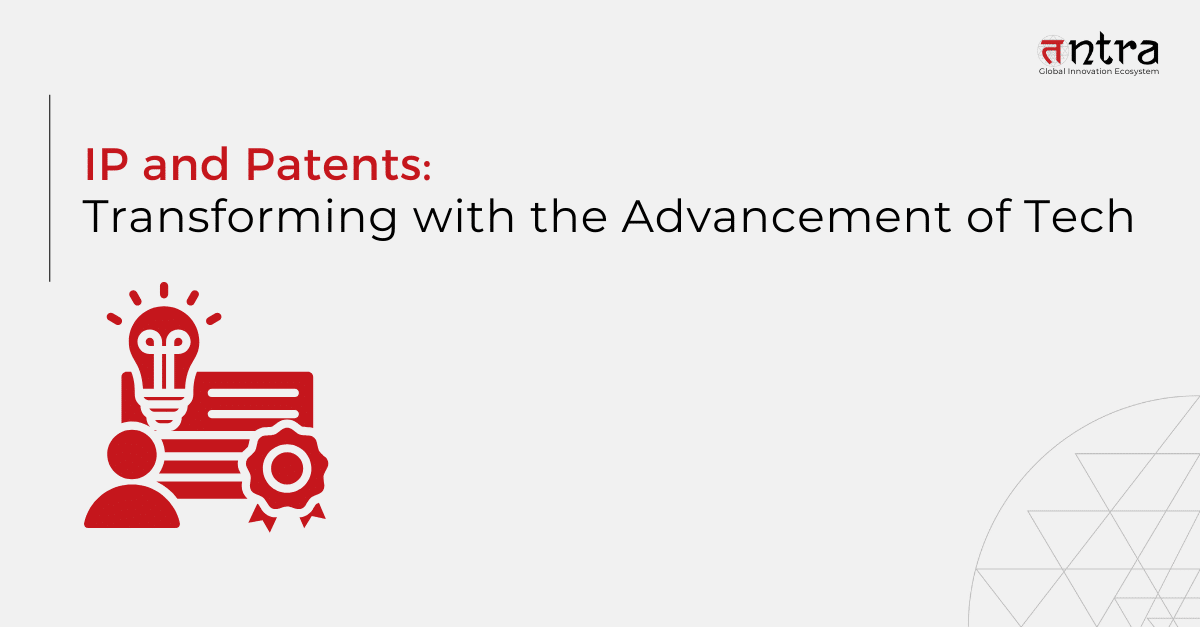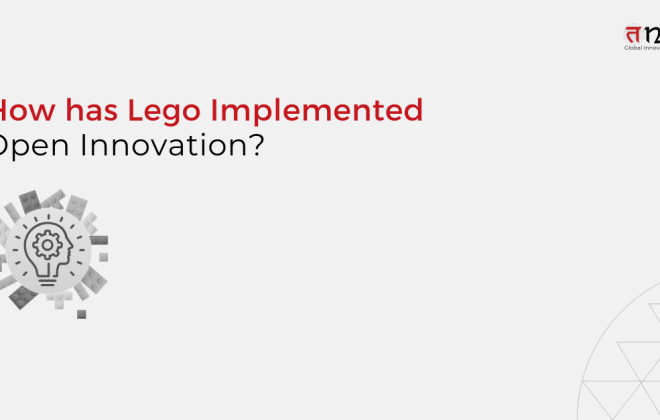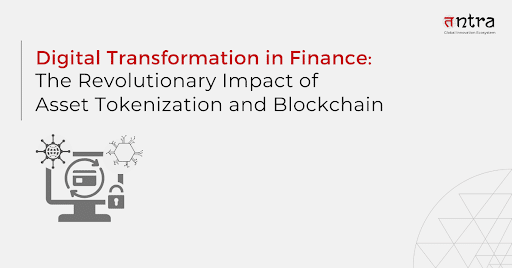
IP and Patents: Transforming with the Advancement of Tech
Current IP law is being broken by the speed at which innovation is happening. Because AI art production systems utilize a large quantity of pre-existing material, copyright boundaries are blurred. VR patents are very popular, especially for the Metaverse, where it might be difficult to distinguish between virtual and real ownership. IP must change in the future to meet these difficulties and take advantage of new technologies like blockchain, VR, and AI. Read this blog to know advanced tech and patents will go hand in hand to protect intellectual property.
The profit margins of Qualcomm surpass those of the typical semiconductor business. Additionally, the San Diego-based business uses intellectual property (IP) to safeguard its inventions. However, Qualcomm’s utilization of those patents is fundamentally based on a unique concept that distinguishes it from nearly every other company in its industry, if not all industries combined.
With more than 24,000 active patent families and 140,000 global patents in its portfolio, Qualcomm is a highly active company. Several of its most well-known patents are actually displayed on a wall in its San Diego offices. Every day, they file new patents for the protection of innovation for anything from AI applications to 5G and 6G modems—of which they assert to have the most license agreements of any business.
Qualcomm is not your typical company that only sells chips. Alongside its chip business, Qualcomm also incorporated its patent licensing business. Put another way, you have to accept a patent license in order to even buy a Snapdragon. This indicates that, in contrast to other businesses, Qualcomm is able to split its revenue streams. They refer to themselves as a “champion” of patent rights as a result, and regularly interact with the patent community.
According to their yearly 10-K filing, the financial impact is astounding. QTL made $3.6 billion in earnings in 2023 on $5.3 billion in revenue, a 68% margin. Despite making up only 15.9% of revenue, Qualcomm’s total net income is an astounding 49.3% of this amount.
(Source: WithEdge)
What’s Next for Patents and Intellectual Property?
The market for IP (intellectual property) services is expected to expand significantly between 2024 and 2031, with a remarkable compound annual growth rate. The market is projected to grow at a compound annual growth rate (CAGR) of 12.31%, from its estimated USD 2.6 billion in 2021 to USD 5.2 billion by 2027.
Technological developments such as Machine Learning and automatic content recognition are anticipated to have a greater impact on IP rights and software patent enforcement. These resources can help detect and resolve copyright violations more quickly.
The Future of Patents and IP
Intellectual property (IP) regulations have faced numerous difficulties in recent years due to the emergence of new technologies. The development of new technologies is happening at an increasingly rapid pace. It is difficult to escape the feeling that many of the developments of late have the potential to drastically alter our way of life.
There are already discussions on the potential significant effects of new technologies and innovative software product engineering services on IP and how they may change the IP landscape. The emergence of new media frequently necessitates an adjustment to IP laws in order to ascertain whether regulations still apply and to guarantee that assets already in existence are adequately protected. In other cases, the evolving manner in which resources are employed have demonstrated that certain laws of patent for invention are no longer appropriate and there’s a requirement for modifications in policies.
1. AI and Patents
- Artificial intelligence (AI) is becoming more and more prevalent in practically every industry, which has led to a number of Intellectual Property in business problems. Because AI is developing so quickly, regulations must act quickly. Concerns are raised regarding generative AI solutions such as DALL-E and ChatGPT. In response to user commands, these systems may generate text and images, respectively, and do so by utilizing a multitude of pre-existing resources. From the standpoint of intellectual property, this is challenging because these software systems create content primarily on their own, making it occasionally difficult to identify the creator and, thus, the copyright holder.
- Since these systems will likely get more sophisticated in their content generation capabilities, it is unlikely that this issue will be fully fixed very soon. Instead, this topic is likely to stay at the top of IP talks for some time to come. It will be necessary for the law to adapt to AI advancements and meet the technology in a way that safeguards artists’ rights to their works without impeding creativity. An IP company can help to assess the right protection measures for safeguarding innovation.
2. VR and Patents
- The virtual reality (VR) patent market is expected to grow significantly by 2024. The fact that Sony was able to secure a patent for its ground-breaking VR Metaverse headgear in 2023 marks the start of the patent trend for virtual reality, particularly in the context of Metaverse.
- The legality of identifying and imitating actual items in the virtual world, improving immersion and realism, is the main topic of patent applications pertaining to virtual reality. Applications of IP are anticipated to span a wide range of sectors, including telemedicine, retail, skill development, and product creation. Although the sector is still in its infancy, the short-term forecast predicts a sharp increase in patents and trademarks connected to AR/VR/MR, reflecting the industry’s projected growth from $30.7 billion to $300 billion by 2024.
3. Sustainable Tech and Patents
- Taking a broader perspective, intellectual property will be linked to current issues and the search for novel solutions in the future. For instance, patents will be a crucial legal tool used by an intellectual property specialist to encourage sustainability innovation, which is becoming more and more necessary every year. Technology is the only thing that can solve our environmental problems, and patents can encourage investment. They can also strive to formalize a concept and make it a valuable asset, presenting a convincing business case in favor of our requirement for advancement.
- However, a recent discussion regarding the nature of intellectual property rights in relation to COVID-19 vaccinations has taken place. Does the owner of the technology’s intellectual property lose out when a global threat needs to be solved? If so, considering that they are tackling an equally pressing global issue, what may this imply for sustainable and eco-friendly technologies? Over the coming years, IP consultants anticipate a great deal of discussion on this subject and perhaps even some change to the current system for managing patents and other intellectual property rights.
The Bottom Line
Upon examining the patent landscape of the future, it is apparent that innovation, technology, and global dynamics hold the potential to significantly alter it. IP research will become a vital tool in the midst of these shifts, enabling companies, organizations, and inventors to leverage the power of strategic analysis and data-driven insights. AI, Blockchain, VR, and other technologies will play a major role in defining the future of IP and patents.
With Tntra’s IP-led innovation ecosystem, ensure that your innovation and unique ideas are added to your patent portfolio and contribute to maximizing revenue.
Start your software patent journey with Tntra software product engineering company.
Book your FREE CONSULTATION CALL today




